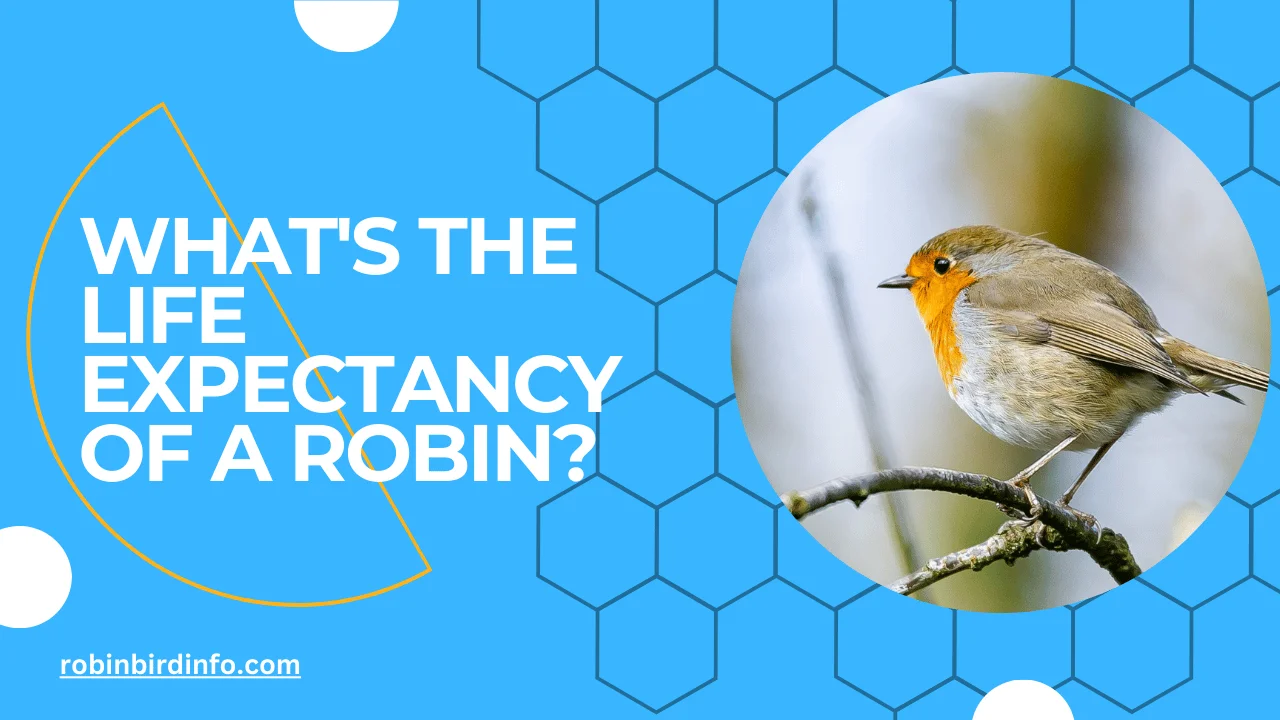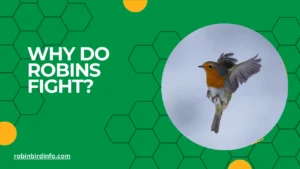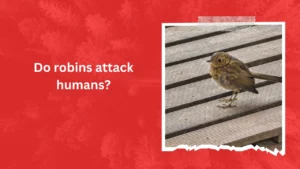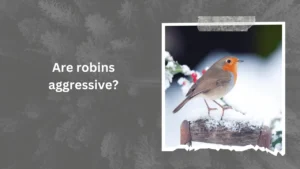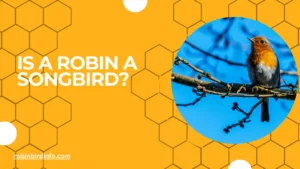Have you ever witnessed a seemingly harmless robin turn into a tiny feathered fury, dive-bombing a startled cat or chasing another robin away from your prized berry bush?
This territorial behavior might surprise you, considering the robin’s reputation as a friendly songbird. But beneath those cheery melodies lies a complex creature with a fierce protective streak. Understanding a robin’s lifespan becomes crucial when unraveling this unexpected aggression.
Why is a robin’s lifespan important? It all boils down to survival. The first year of a robin’s life is a gauntlet.
Predators, harsh weather, and the struggle to find food take a heavy toll, with many robins sadly not making it past their first birthday. However, for those who persevere, life expectancy takes a dramatic turn. These seasoned survivors become incredibly invested in protecting their territory and raising their young.
The knowledge of a robin’s lifespan allows us to appreciate the fierce determination they display, a determination fueled by the precious few years they have to raise families and secure their place in the world.
Contents
Average Lifespan
Typical Lifespan: The average lifespan of a wild American Robin is relatively short, typically around 1-2 years. However, some individuals may live longer, particularly if they can avoid predation, disease, and accidents.
Factors Affecting Lifespan: Several factors can influence the lifespan of a Robin. These include predation, disease, accidents, habitat quality, and the availability of food and water.
Mortality Rates
Predation: Predators such as cats, hawks, and snakes pose significant threats to Robin populations. These predators can prey on both adult Robins and their nests and eggs.
Disease and Parasites: Diseases like avian malaria and parasites can weaken Robins and make them more susceptible to other threats.
Accidents: Collisions with windows, cars, and other obstacles can also contribute to Robin mortality.
Habitat Quality and Lifespan
Food Availability: Access to a diverse and abundant food supply is crucial for Robin survival. Insects, berries, and fruits provide the necessary nutrients for growth, reproduction, and migration.
Shelter and Nesting Sites: Suitable nesting sites and adequate shelter from predators and harsh weather conditions are essential for Robin survival.
Human Impact: Human activities such as habitat loss, pesticide use, and climate change can negatively impact Robin populations and reduce their lifespan.
Aging and Senescence
Physical Decline: As Robins age, they may experience physical decline, including reduced flight ability, weakened immune systems, and decreased foraging efficiency.
Reproductive Decline: Older Robins may experience a decline in reproductive success, with lower fertility rates and reduced parental care.
Mortality Rates in Older Birds: Older Robins are more susceptible to mortality due to a combination of factors, including age-related diseases, injuries, and predation.
Conservation Implications
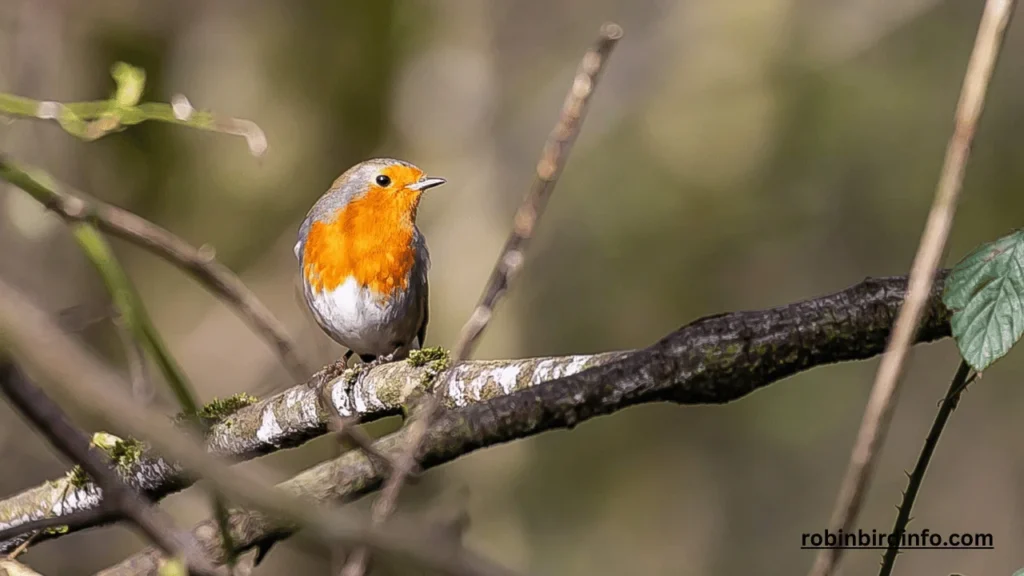
Habitat Conservation: Protecting and restoring natural habitats is crucial for the long-term survival of Robin populations. This includes preserving forests, woodlands, and urban green spaces.
Reducing Human Impact: Minimizing human-caused threats, such as habitat loss, pesticide use, and window strikes, can help increase Robin lifespan.
Monitoring Robin Populations: Citizen science initiatives can help monitor Robin populations and track changes in their abundance and distribution over time.
Conclusion
The lifespan of an American Robin is influenced by a variety of factors, including predation, disease, habitat quality, and human impact.
While the average lifespan is relatively short, individual Robins can live longer if they can avoid these threats and maintain good health. By understanding the factors that affect Robin lifespan, we can take steps to protect these beloved birds and ensure their continued survival.
FAQ’s
What is the average lifespan of a Robin?
The average lifespan of a wild American Robin is typically 1-2 years.
Why do Robins have such a short lifespan?
Several factors contribute to the short lifespan of Robins, including predation, disease, accidents, and harsh weather conditions.
Do Robins die during migration?
Yes, many Robins die during migration due to various factors such as storms, predation, and exhaustion.
How can I help protect Robins?
You can help protect Robins by providing food and water sources, creating bird-friendly habitats, and reducing the use of pesticides. Additionally, you can support conservation organizations that work to protect bird populations.
What is the oldest recorded Robin?
While specific records of individual Robin lifespans are limited, some Robins have been known to live up to 10 years or more in captivity.
Do Robins die from old age?
While old age can contribute to the death of Robins, many individuals die prematurely due to accidents, predation, or disease.

